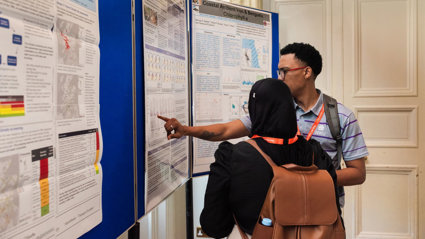
Art exhibitions, installations and provocations
Next year's conference will be chaired by Professor Peter Hopkins (Newcastle University, UK). The conference will take place in London and online, from Tuesday 1 to Friday 4 September 2026. Details will be added here from November 2025.